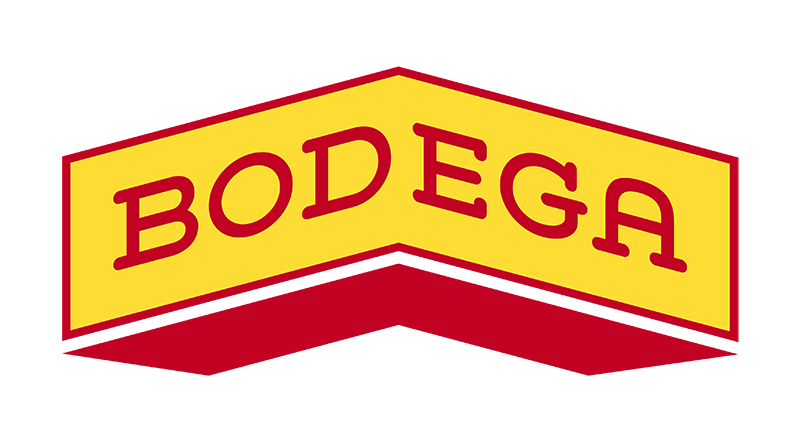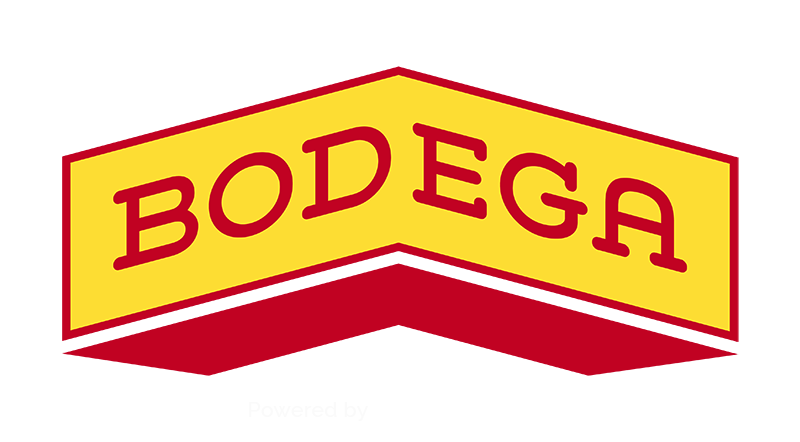
Online marketplaces where producers can license and sell their beats have given rise to a huge wave of new music. They enable beatmakers to earn good money by connecting them with a global network of singers and rappers, while simultaneously giving artists without the means to produce original studio recordings the ability to create commercially viable releases. However, they bring their own set of issues to the table. In this post, Symphonic’s own Head of Sync, Jon Mizrachi discusses the problems that come with making music with leased beats and samples when it comes to sync licensing.
Bodega Sync’s Guide to Leased Beats & Royalty-Free Samples
Here’s the rundown…
Royalty-free sample libraries have given music creators of all sizes unprecedented access to an ever growing palette of sounds. With these samples as a resource, it’s easier than ever to create music without ever stepping foot into a commercial recording studio. For the most part, this is a major win for independent producers and artists alike, but there are some drawbacks.
Leased Beats
The prevalence of “leased beats” (i.e. pre-made instrumental tracks without vocals) has made it fast and easy for singers and rappers to cut a vocal and create a fully produced single in no time. These beats may either be privately purchased from producers as a full buyout or licensed through a public online marketplace. A license grants the recording artist the right to create a new derivative work from the original beat, with a split ownership and the right to release it to the DSP’s.
These licenses can be exclusive, giving the artists the assurance that no other artist has the right to use the beat, or non-exclusive, meaning multiple artists can potentially use the same beat in their song. Non-exclusive licensing can sometimes result in multiple released songs that are functionally identical except for the vocals, which can create issues for licensing.
Whether or not your beat is actually exclusively yours isn’t always clear either…
The language in these licenses can often be difficult to understand, vague or intentionally deceptive. Sometimes beats can be slightly modified and even repackaged as new ones. So if you use leased beats, be sure to get them from a trusted source and make sure you understand the terms of the license.
Pro Tip: Always check your agreement for language related to synchronization licensing rights. It’s rarely included, so if you don’t see anything don’t just assume you have them.
Who Has The Right?
An artist licensing a beat only has rights to the new derivative work they’ve contributed to, which is typically shared in co-ownership with the producer. Unless otherwise specified, the original instrumental track is a separate work that exclusively belongs to the producer.
This becomes an issue in sync, because in editing the vocal and instrumental versions are used interchangeably. The instrumental version is typically used throughout the part of the scene containing dialogue. Then, a short clip from the vocal version containing a short piece of relevant lyric is brought in once it ends. If there’s heavy dialogue throughout, they may choose to just use the instrumental version on its own. If that instrumental belongs to the original producer, it may result in 100% of the licensing fee going to them instead of you.
Royalty-Free Samples
Royalty-free sample packs have been around for decades. Today they’re available on a subscription model which gives producers access to extensive libraries of sounds. Using these samples can add texture to your production and give it a more human sound without complicating the ownership of your song via sample clearances.
That said, you should avoid using full length vocal samples as the primary source of melody and lyric in your song. Aside from being a bit unoriginal, it creates the potential for multiple released songs to contain identical melody and lyrics. When it comes to sync licensing, this can potentially lead to a copyright conflict with another work.
What To Avoid
Just as with leased beats, the standalone sample is also considered a separate work which belongs to the original creator. Because of this, it must be combined with new material to create a new work. It’s also important to read the fine print and make sure you understand the rights granted for using the sample, as they may vary from source to source.
For the most part though, royalty-free samples are created with the express purpose of permitting a wide range of commercial applications. However, just because a website claims their samples are legal to use doesn’t always mean they are legit. Some companies have been known to use melodies and riffs copied from old releases, disguise original copyrighted audio by adding processing or new instrumentation, or use vintage works assumed to be public domain but which might still be protected by international copyright. So again, trust your sources!
In Conclusion…
Much like in cooking, it’s important to know where your ingredients come from. Always read the fine print, and steer clear of the shady corners of the internet looking to take advantage of creatives like you. If you want to get paid for your work and avoid any legal issues down the line, make sure you fully understand what you’re putting in your mix.

